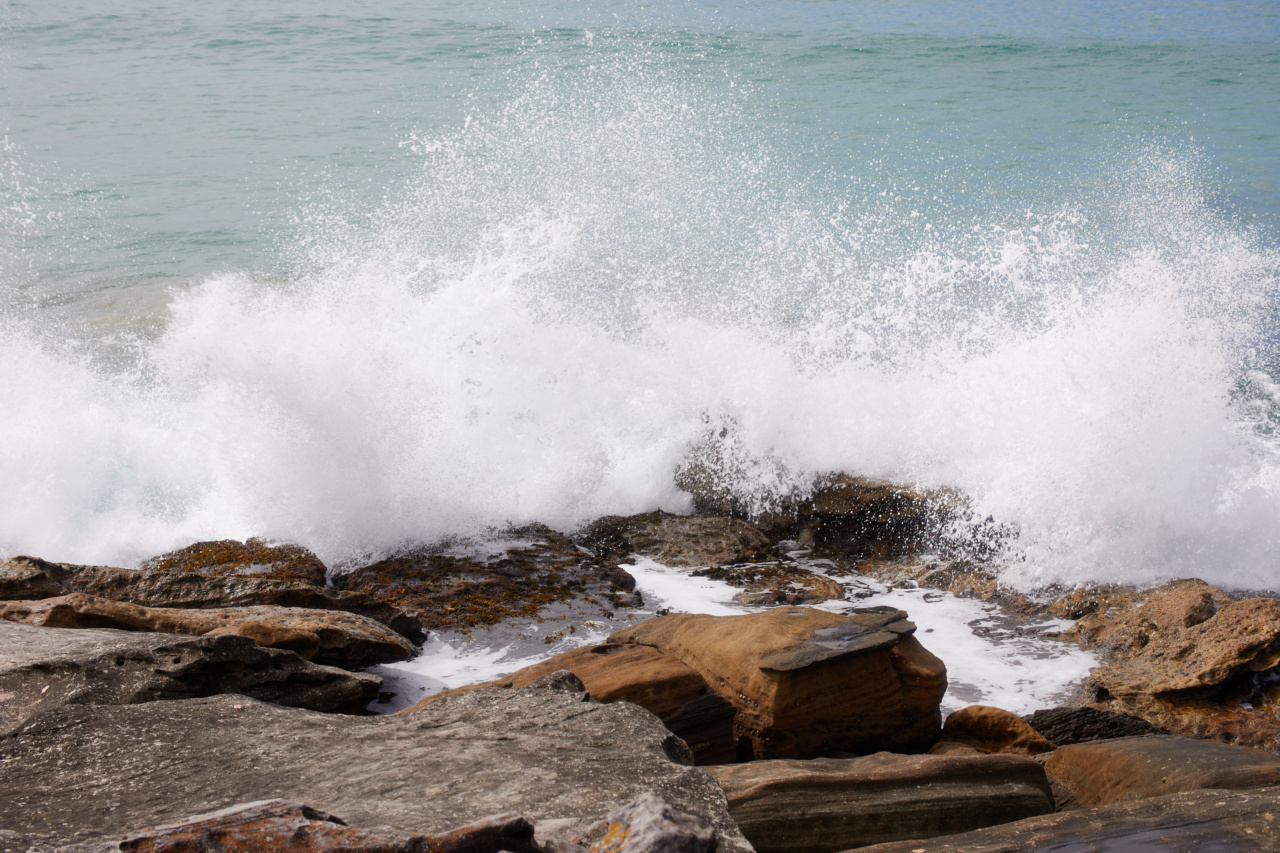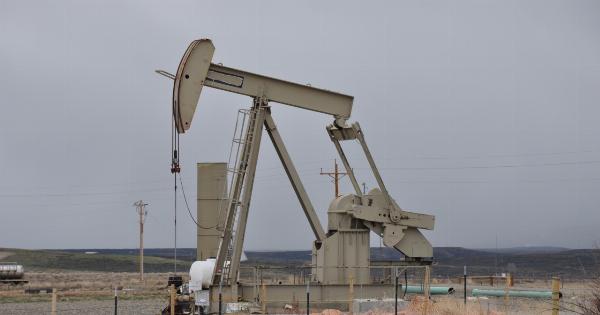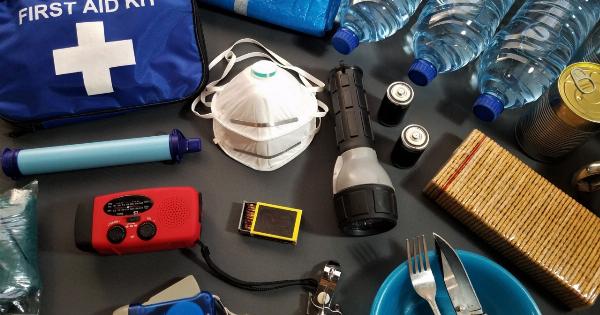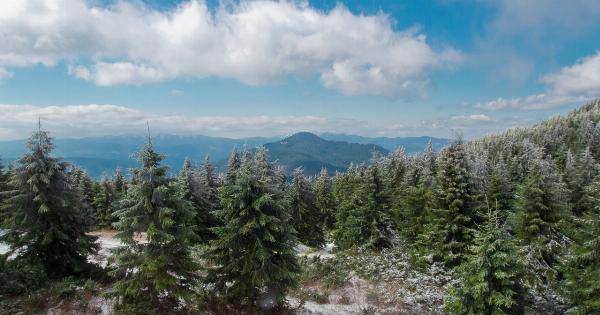Waterfalls are breathtaking natural wonders that captivate countless visitors each year. Their majestic beauty and soothing sounds make them a popular destination for nature enthusiasts, photographers, and adventurers.
Waterfalls also play a vital role in the ecosystem, supporting the biodiversity of plants, animals, and insects that rely on the constant supply of freshwater. However, despite their significance and appeal, some waterfalls face the threat of eradication before they even reach maturity.
Human Impact on Waterfalls
Human activities, such as urbanization, deforestation, and climate change, pose significant threats to the survival of waterfalls.
The unplanned development of cities and towns often leads to the alteration of natural waterways, which can disrupt the flow of water and eventually result in the disappearance of waterfalls. Similarly, deforestation and the destruction of natural habitats have a detrimental impact on the water cycle, reducing water availability and directly affecting the formation and sustainability of waterfalls.
The Role of Climate Change
Climate change exacerbates the challenges faced by waterfalls around the world. Rising global temperatures contribute to glacier retreat, reducing the water supply and flow that feeds many waterfalls.
As glaciers melt and disappear, so too does the source of water that sustains these natural wonders. Additionally, climate change causes irregular precipitation patterns, resulting in either droughts or intense rainfall events that can harm delicate ecosystems and alter the dynamics of waterfalls.
Threatened Waterfalls
While numerous waterfalls are under threat, one example that stands out is the magnificent XYZ Waterfall located in a pristine rainforest in South America.
Its towering height and thundering roar have attracted countless visitors who marvel at its beauty. However, an impending dam construction project threatens to erase this cascade of water forever.
The Impact of Dam Construction
Dams are often built to meet increasing energy demands and provide water for irrigation and human consumption. However, the construction of dams often comes at the expense of natural landscapes and the beings that depend on them.
XYZ Waterfall is not an exception; its flow will be diverted, and the waterfall will be reduced to a mere trickle.
Environmental Consequences
The consequences of eradicating waterfalls extend beyond the loss of their aesthetic and recreational value.
There will be a significant ecological impact, as the diverse flora and fauna that rely on the waterfall for sustenance and habitat will be left without a vital resource. The abrupt change in the water flow will disrupt the delicate balance of the ecosystem, potentially leading to the extinction of species.
In addition to the direct environmental consequences, the loss of waterfalls diminishes the cultural and historical significance associated with these natural wonders.
Waterfalls have often held spiritual, ceremonial, or metaphorical meanings for indigenous communities, and eradicating them is a blow to their identity and heritage.
The Need for Conservation Efforts
Given the dire consequences of losing waterfalls, it is imperative to prioritize conservation efforts to protect these natural treasures.
Governments, environmental organizations, and local communities must collaborate and take collective action to prevent the erosion of our natural heritage.
Raising Awareness
One crucial step in the preservation of waterfalls is raising awareness about their importance and the threats they face.
Through educational campaigns, documentaries, and media coverage, we can amplify the understanding of the ecological, cultural, and economic values of waterfalls, motivating people to take action.
Implementing Sustainable Practices
It is essential to promote sustainable practices in areas surrounding waterfalls. This includes controlling deforestation, managing water resources effectively, and regulating tourism activities to minimize negative impacts.
Proper waste management and reducing pollution are also critical to safeguarding the health of waterfalls.
Advocacy and Policy Change
Advocacy plays a pivotal role in initiating policy change to protect waterfalls.
By lobbying for the enforcement of environmental regulations, conducting research, and engaging with policymakers, advocates can ensure that the importance of waterfalls is recognized and incorporated into legislation and development plans.
Preserving Waterfalls for Future Generations
Preserving waterfalls is not only a responsibility for the present; it is an essential legacy to pass on to future generations.
By taking immediate action to counter the threats facing waterfalls, we can ensure that these natural wonders continue to thrive and inspire awe for centuries to come.






























